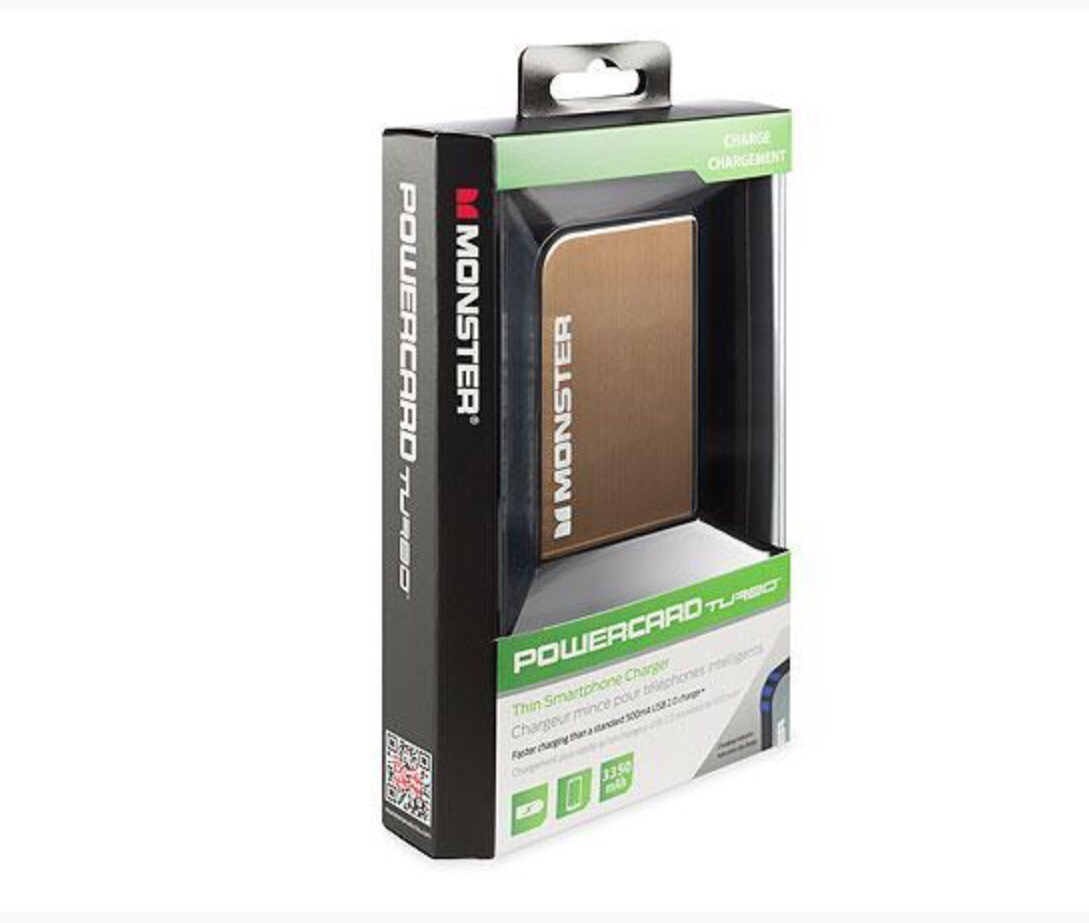
The 029 could do a lot of tricks, including punch a card that would set special options for the machine itself. You could copy the previous card up to the point of the error, correct it, and then copy the remaining punches. This was important for making corrections. Because the machine had the left card where it could be read, you could duplicate columns from it to the card you were working on. The leftmost was the card you had just punched (usually).

The center slot was the card you were currently punching. There were three stations in the 029: The rightmost held a card waiting to be punched. You can see an instructional University of Michigan video from 1967 on the operation of the 029 below. So how do you punch a card? Although there were some schemes for manually punching precut cards, those were mostly used for niche applications like voting, small schools with no equipment, or inventory control. These were sometimes called “lace” cards because they were delicate like lacework. In fact, a common prank was to punch every column in a card so it would become flimsy and jam the reader, which the operator, of course, was sure not to appreciate. A spindle, if you don’t remember, was a probably non-OSHA-compliant spike on your desk that you pushed papers on to hold them in place. The old admonition “do not fold, spindle, or mutilate” was a request for users not to make the cards jam the machines or make new holes in them. If this sounds not super reliable, that’s because it wasn’t. Where there was a hole, the brush could contact a metal plate under the card and complete a circuit.
#MONSTER POWERCARD TURBO MBL PCARD PNCH SERIES#
Most readers used a series of wire brushes that the card moved under.

ReadingĪ card reader was relatively simple. However, some programs would look for an impossible value like -9999999, for example. Another common trick was to draw a diagonal marker line across the edge of a deck of cards so you could quickly spot if one or more were out of order.īlank cards were often used as a “sentinel” or what we would call today an “end of file” marker. Line numbers, in particular, were good because it allowed you to sort a deck after it was dropped and the order scrambled. On top of character encoding, there were other format conventions, such as having checksums or line numbers in certain columns of the card. However, it wasn’t unknown to have cards punched in binary where each hole was a 1 or a 0 and each column make up a binary number. Honestly, you could interpret a card however you liked, but in practice, there were a few common schemes. A deck with a “sorting stripe” by ArnoldReinhold, CC-BY-SA-3.0 The 11th and 12th row, and sometimes the “0” row, were used to denote special characters or, sometimes, the signs of numbers. The original cards used round holes and 45 columns, but an IBM inventor named Lake realized that narrow square holes could pack in extra data back in 1928. So a hole in the “1” row was a 1 and a hole in the “4” row was a 4. To punch a number on the card, a machine made a hole in one of the bottom 10 columns. Later cards had more columns, but those never really caught on to the same scale as the classic 80-column card. The card was made of material not quite as thick as a standard file folder and was divided into 80 columns and 12 rows.

Certainly, the models in the series were overwhelmingly what people used to punch cards.įor the uninitiated, a card was about the size of an old-fashioned dollar bill - the ones in style when Herman Hollerith invented them.

There were a lot of different machines you could use to punch cards, but none were as popular, I would guess, as the IBM 029. Technically, Hollerith cards, although we mostly just called them cards, punched cards, or IBM cards. What most people did do, however, was punch cards. Most people didn’t really use the switches. Typically, you might use the switches to toggle in a first-level bootloader that would then load a better bootloader from some kind of storage like magnetic or paper tape. However, even back in the day, only a few people really programmed a computer with switches. It was reminiscent of an Altair 8800, a PDP-11, or DG Nova. The recent Supercon 6 badge, if you haven’t seen it, was an old-fashioned type computer with a blinky light front panel.


 0 kommentar(er)
0 kommentar(er)
